Energoatom and Holtec just signed an agreement to collaborate on SMR manufacturing facilities.
The collaboration agreement provides for the creation in Ukraine of manufacturing capabilities for components for small modular reactors (SMRs), plus storage and transportation systems for spent nuclear fuel.
The collaboration agreement is intended to speed up the deployment of Holtec’s SMRs in Ukraine “and to support unimpeded reactor operations through a successfully deployed used fuel storage facility”.
Herman Halushchenko is the Energy Minister of Ukraine. He said, “It is very important that we sign this document at such a turbulent time, demonstrating to the enemy our stability and determination to deepen the Ukrainian-American partnership and develop the future of Ukrainian energy using leading technologies.”
Petro Kotin is the Acting Chairman for Energoatom. He said, “This agreement is important not only for Energoatom, but also for the entire energy industry of Ukraine and the national economy. The creation of nuclear energy production facilities in the country will contribute not only to the strengthening of the country’s energy security … this Master Agreement will lead to a modern manufacturing and training facility which will spur economic development, create well-paying jobs, and pave the way for Ukraine’s emergence as the regional hub for Holtec’s SMR-300 and used fuel technology.”
Shawn Anderson is the U.S. Embassy’s Department of Energy Office Director and Energy Attaché for Ukraine. He said, “The signing of the Master Agreement marks a significant milestone as it paves the way for the establishment of a cutting-edge manufacturing facility aimed at localizing the production of equipment for Holtec SMRs, spent nuclear fuel storage and transport systems, and other nuclear energy-related necessities in Ukraine. This collaborative effort between Energoatom and Holtec International is not only a critical step but also an inspiring one that promises to enhance Ukraine’s national and energy security, thus bolstering its economy.”
Holtec has been working on the development of its SMR line since 2011 and the company has long established links with Ukraine. In April 2023, an agreement between Energoatom and Holtec sought to pave the way for up to twenty of its SMR-160 units to be deployed in the country. Holtec says its SMR has undergone several design evolutions. The most recent change is the incorporation of forced flow capability overlayed on gravity-driven flow in the plant’s primary system for the SMR-300, which is a pressurized water reactor producing around three hundred megawatts of electrical power or one thousand and fifty megawatts of thermal power for process applications, and which Holtec says, remains “walk-away safe”.
Holtec and Energoatom announced in November that they were planning to construct a plant in Ukraine for the production of containers for radioactive materials. These containers are currently made in the USA for storage of spent nuclear fuel. This followed on from the commissioning in 2022 of the Holtec International-built Centralized Spent Fuel Storage Facility (CSFCS) in the Chernobyl Exclusion Zone, contracts for which were signed for its construction in 2005. The CSFCS is a dry storage site for spent nuclear fuel assemblies.
Blog
-
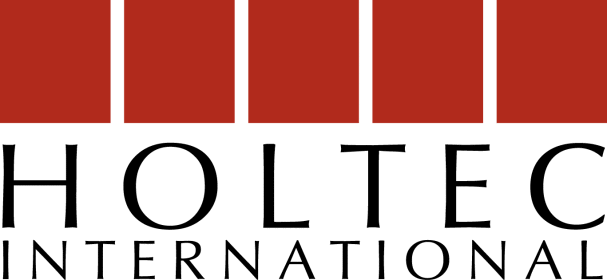
Nuclear Reactors 1378 – Holtec and Energoatom Collaborating on Small Modular Reactors Manufacturing In Ukraine.
-
Nuclear News Roundup April 26, 2024
Trawsfynydd ruled out of new nuclear power plan yahoo.com
US remains committed to diplomacy despite North Korea’s nuclear escalation voanews.com
Tackling microplastics in Antarctica using nuclear tech – Chile and IAEA sign MoU world-nuclear-news.org
Former Canadian uranium mine site returned to province world-nuclear-news.org
-
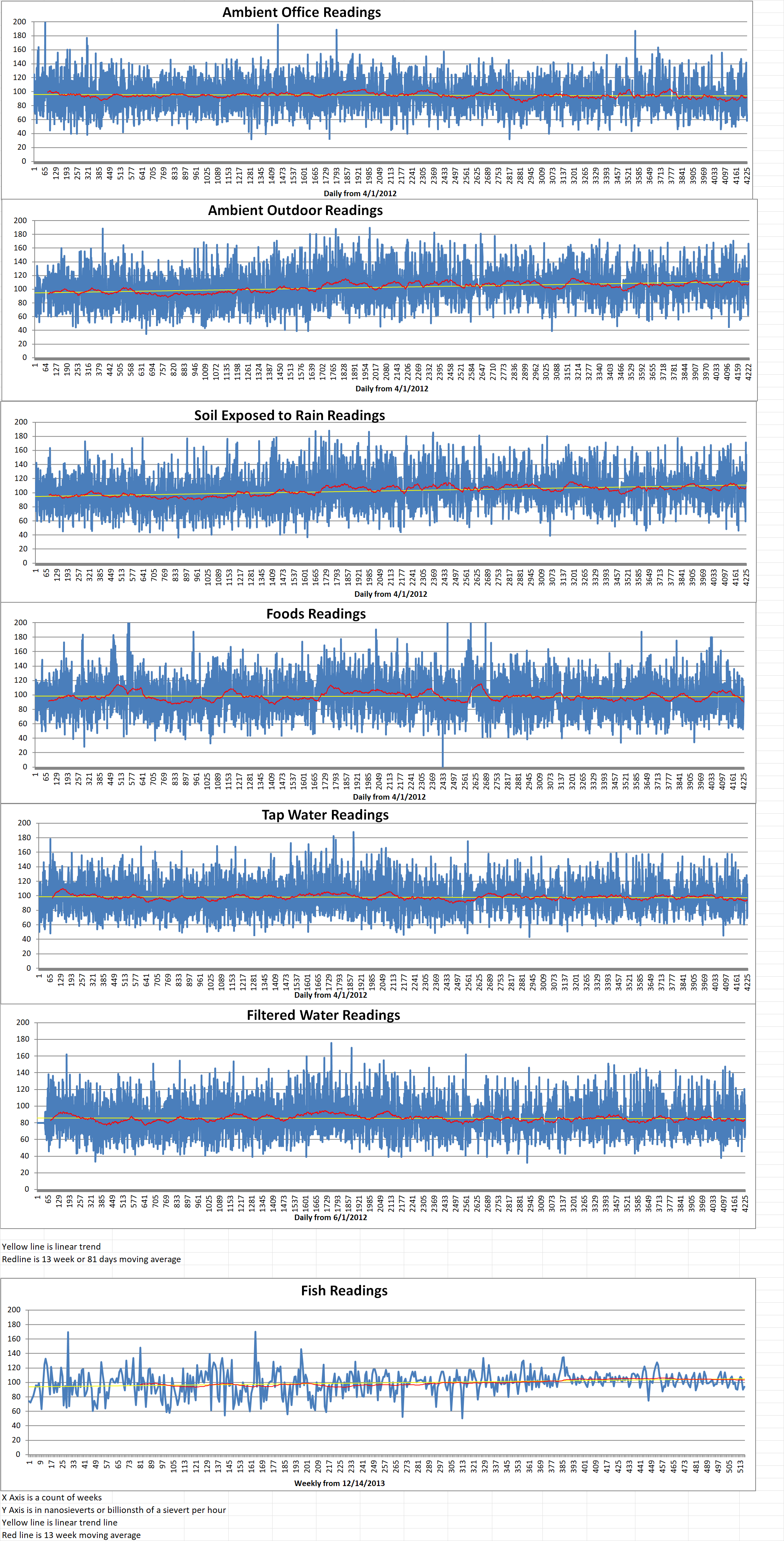
Geiger Readings for April 26, 2024
Ambient office = 66 nanosieverts per hour
Ambient outside = 156 nanosieverts per hour
Soil exposed to rain water = 152 nanosieverts per hour
Pineapple from Central Market = 112 nanosieverts per hour
Tap water = 116 nanosieverts per hour
Filter water = 101 nanosieverts per hour
-
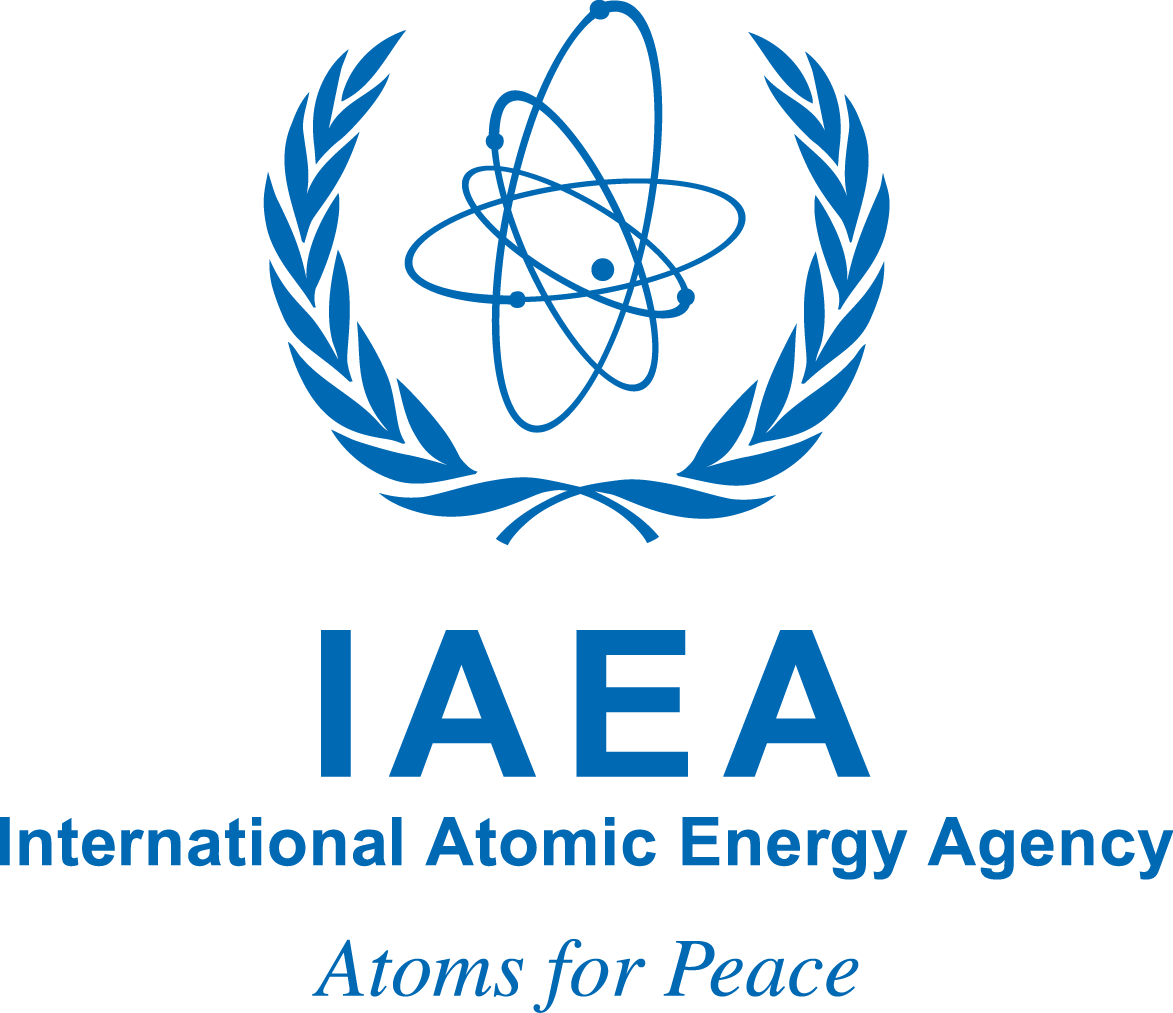
Nuclear Reactors 1377 – Roll-Royce Seeking Faster Licensing For Small Modular Reactors – Part 2 of 2 Parts
Part 2 of 2 Parts (Please read Part 1 first)
Rafael Grossi is director-general of the IAEA. “For this business model to succeed, we need regulatory approaches to adapt to a new circumstance. We cannot afford the luxury of these regulatory marathons lasting five, six, seven years.”
Many nuclear experts point to aviation as an example for the nuclear industry to follow. William Magwood is the CEO of the Nuclear Energy Association (NEA), an intergovernmental agency. “[Airlines] don’t build a different design for each market, making the quality higher and bringing costs down. If every country needs a slightly different design because of different regulatory requirements, this makes getting that efficiency very, very difficult.”
The IAEA talks, which involve regulators from 29 countries as well as developers, have included discussion on issues such as information sharing and how to implement greater collaboration. One possibility is that reactor designs would go through an initial review under a global framework, reducing the time spent in national processes.
However, consensus is elusive. “It’s been a really useful discussion which has pushed the thinking,” said Rolls-Royce’s Perry. “Unfortunately, there are a few strong voices pushing for ‘we’re doing it like the aero industry or we’re not doing it at all’. That’s not going to be quick enough for the energy transition.”
Member countries would still need time to adopt any changes that were agreed to at the IAEA level.
David Durham, president for energy systems at Westinghouse Electric, a US nuclear power company. He said, “People understand the benefits and there are a lot of people with open minds. But I don’t think anyone thinks this is going to be resolved tomorrow.”
Efforts at international reform are underway as the Nuclear Regulatory Commission (NRC) in the U.S. has taken steps to accelerate domestic SMR approvals.
TerraPower is a next-generation nuclear reactor company founded by billionaire philanthropist Bill Gates, that could become a test case. It applied for a construction permit to the regulatory commission this month for the first commercial nuclear plant that uses liquid sodium as a coolant. TerraPower says that this would provide a lower-cost alternative to water-cooled reactors.
Chris Levesque is the TerraPower CEO. “The NRC is seen as a gold standard for safety. So if we want to bring a fairly new reactor design to Asia, Europe, Africa and Indonesia, we have to prove [them] in rich countries first and we will do that with the NRC.”
Some international collaborative efforts are already under way. Last month, the U.K. joined Canadian and U.S. regulators in agreeing to work more closely together to assess SMR designs. European regulators are collaborating on a joint early review of EDF’s Nuward design.
Jane Bowie is the director of regulation at the new nuclear reactors division of the U.K.’s ONR. He said, “We consider the greatest potential for streamlining and accelerating processes to be via much greater collaboration.
European regulators are also observing the ONR’s assessment of Rolls-Royce’s design. This marks an important change in approach and the industry hopes there is more to come.
Ronan Tanguy is the program lead for safety and licensing at the WNA, which is also working on the issue. He said, “I see genuine effort across the board. There’s a recognition nuclear has to be part of the energy mix going forward. However, regulatory harmonization was absolutely essential. Without it [SMRs will] struggle to be competitive outside of very large markets.” -
Nuclear News Roundup April 25, 2024
Argentina Budget Cuts Hitting Nuclear Energy Ambitions, Atomic Body Says money.usnews.com
South Bruce signs hosting agreement with NWMO world-nuclear-news.org
France Increases State Funding for Advanced Nuclear R&D Project rigzone.com
Government plans for new nuclear: EAC welcomes ambition but seeks detail committee.parliament.uk
-

Geiger Readings for April 25, 2024
Ambient office = 58 nanosieverts per hour
Ambient outside = 116 nanosieverts per hour
Soil exposed to rain water = 116 nanosieverts per hour
Red bell pepper from Central Market = 93 nanosieverts per hour
Tap water = 97 nanosieverts per hour
Filter water = 89 nanosieverts per hour
-
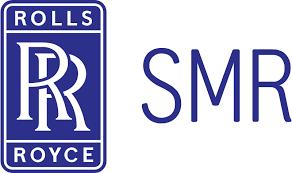
Nuclear Reactors 1376 – Roll-Royce Seeking Faster Licensing For Small Modular Reactors – Part 1 of 2 Parts
Part 1 of 2 Parts
Executives at Rolls-Royce estimate that U.K. regulators will take four and a half years to assess the safety of its design for a small modular reactor (SMR). The U.K. company must endure more lengthy approval processes in other countries where it wants to build its SMRs.
Helena Perry is the Rolls-Royce’s regulatory director. She criticized the typical international approval process. She said, “It’s incredibly time-consuming.” She noted that, the company submitted its plans to the U.K. Office for Nuclear (ONR) Regulation two years ago.
Rolls-Royce is one of many developers and officials supporting a global drive to overhaul nuclear regulation amid concern the set-up is ill-suited to the nascent industry for small modular reactors (SMRs). SMRs have attracted huge interest as countries look to find new sources of low-carbon energy.
Since 2022 the International Atomic Energy Agency (IAEA) has led efforts to synchronize regulatory standards and processes. The first phase of their efforts is due to be completed this year. However, there are doubts over how much can be achieved, in view of the sensitive nature of the industry and embedded working practices.Allison Macfarlane is former chair of the US Nuclear Regulatory Commission (NRC). She said, “Countries approach regulation differently, from a different starting philosophy. You can share information and try to align, but you are never going to have the same regulatory scheme everywhere.”
The push to overhaul regulation comes as the positive publicity around nuclear technology has been tempered by concerns over long development timeframes and some early setbacks. Nu-Scale cancelled what would have been the first SMR in the US last year because they could not find enough buyers signed up for its power. In addition, construction costs had risen sharply the previous year.
Macfarlane added, “From my analysis, the thing that’s holding them up is the economics, the supply chains. There’s lots of roadblocks.”
The International Energy Agency (IEA) estimates that nuclear power capacity will have to more than double by 2050 to meet global goals of net zero carbon emissions. Over twenty countries, including the U.S. and the U.A.E., agreed at the COP28 climate conference in November to work towards tripling global nuclear capacity.
SMRs are designed to be prefabricated. This means that large parts of SMRs are designed to be built in factories rather than onsite. This makes them easier to deploy, driving costs down as several smaller models are completed. That prospect has attracted politicians and investors looking to avoid the cost overruns and lengthy development times of large-scale nuclear power plants.
About sixty to seventy SMR designs are being developed, according to nuclear energy bodies. These range from those drawing on standard nuclear technology used by large-scale plants today, to more “advanced” reactors using lead or sodium as coolants.
Yet only three SMR developers have been awarded an operating license. The licenses have been issued in China, Russia and Japan. Supporters fear that current regulation could hinder the rollout of SMRs. Design approval for nuclear reactors usually takes several years because of the complexity of reactor designs and dangers of radioactive materials.
Please read Part 2 next -
Nuclear News Roundup April 24, 2024
Nuclear Fusion / UK And Czech Republic To Work Together On Crucial Testing nucnet.org
A second new nuclear reactor is completed in Georgia. The carbon-free power comes at a high price abcnews.go.com
Brown: Failure to bring nuclear waste to NV is an ‘incredible loss of revenue for our state’ nevadacurrent.com
Nevada GOP Senate hopeful backed Yucca nuclear waste site eenews.net
-
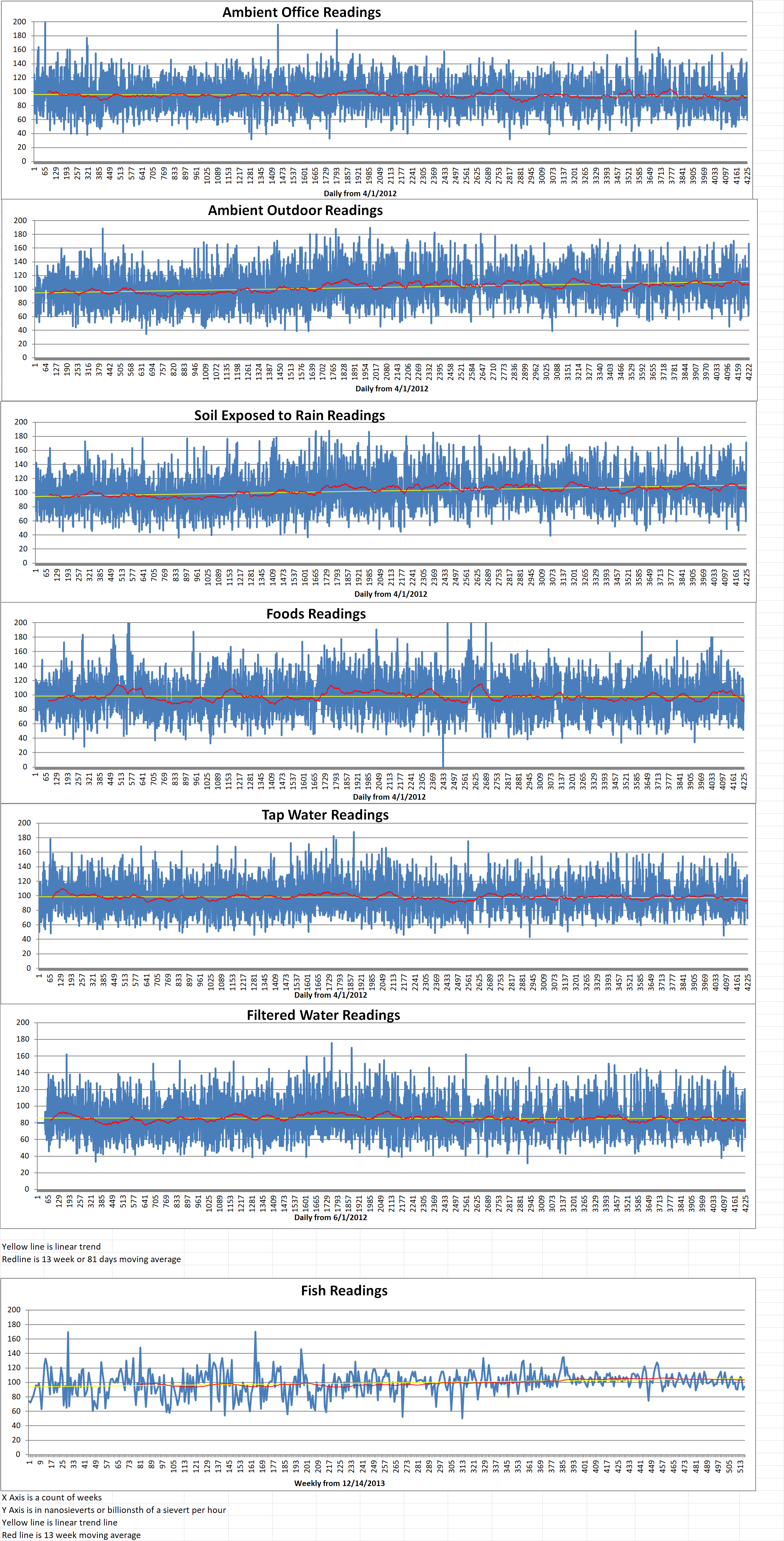
Geiger Readings for April 24, 2024
Ambient office = 59 nanosieverts per hour
Ambient outside = 154 nanosieverts per hour
Soil exposed to rain water = 154 nanosieverts per hour
Mini cucumber from Central Market = 100 nanosieverts per hour
Tap water = 72 nanosieverts per hour
Filter water = 66 nanosieverts per hour
-

Nuclear Reactors 1375 – Oklo Is Working On Microreactors To Supply Electricity To AI Server Farms – Part 2 of 2 Parts
Part 2 of 2 Parts (Please read Part 1 first)
Oklo’s proposed thirteen thousand-square-foot Aurora powerhouse, featuring a fifteen-megawatt fission reactor, is smaller than conventional nuclear power plants and looks more like a sleek ski chalet than the Cold War-era plants with their iconic curved towers. The plant is going to be built at the Idaho National Laboratory (INL) which is a research facility where Oklo has been given an Energy Department grant to test recycling nuclear waste into new fuel. DeWitte says the design is safer that conventional power reactors, citing the use of liquid metal as a coolant instead of water.
The nuclear power industry hasn’t significantly expanded its share of the U.S. energy mix for decades. It has limped along in the face of popular opposition fueled by infrequent but devastating accidents like those in Chernobyl, Ukraine, in 1986 and in Fukushima, Japan, in 2011. Even the newest nuclear plants still generate waste that can remain dangerously radioactive for centuries. This raises the need for effective disposal or recycling efforts like the one Oklo is testing.
As the climate crisis accelerates, fifty seven percent of Americans now support expanding nuclear energy according to a Pew Research survey last year. Nuclear power currently makes up only nineteen percent of the nation’s overall energy generation in the U.S. There are ninety-three commercial nuclear power reactors operating today in the U.S. This is down from a peak of one hundred and twelve in 1990. By one estimate, up to eight hundred gigawatts of new nuclear generated electricity will be needed by 2050 to meet current green energy targets.
But as tech firms embrace AI, many data centers are already struggling to add capacity fast enough to remain affordable, with data center rents jumping nearly sixteen percent between 2022 and 2023 alone. The demand crunch is one reason major industry players have been increasing their nuclear investments.
Microsoft signed a deal last summer with Constellation, a top nuclear power plant operator, to supply nuclear-generated electricity to its Virginia data centers. In 2022, Google took part in a two hundred and fifty-million-dollar fundraising round for the fusion startup TAE Technologies. In late 2021, Amazon founder Jeff Bezos and other investors raised over one hundred and thirty million dollars for Canadian nuclear company General Fusion.
Ross Matzkin-Bridger is a senior director at the Nuclear Threat Initiative, a nonprofit group focused on reducing nuclear and biological risks. He said that for tech firms, it makes sense to tap directly into nuclear plants “instead of sourcing electricity from the grid.” In addition to being clean, he mentioned that many recent nuclear projects are also compact. “You can fit a lot more energy per acre in nuclear energy than you can with any other technology.” he said.
Ayan Paul is a research scientist at Northeastern University who studies AI. He said that beyond Silicon Valley, “big investment firms are actually starting to believe that this is going to take off. People have started to believe that these kinds of energies are going to fuel our population.”
However, some experts warn that efforts to expand nuclear power shouldn’t be rushed, no matter how fast demand is growing.
Ahmed Abdulla is an assistant mechanical and aerospace engineering professor at Carleton University. He said, “We need nuclear power to get to a low-carbon future.” However, for engineering projects that have historically taken decades, the regulatory process needs to be a methodical one. He added that “There is a chance to make serious mistakes if we sprint to the goal.”
